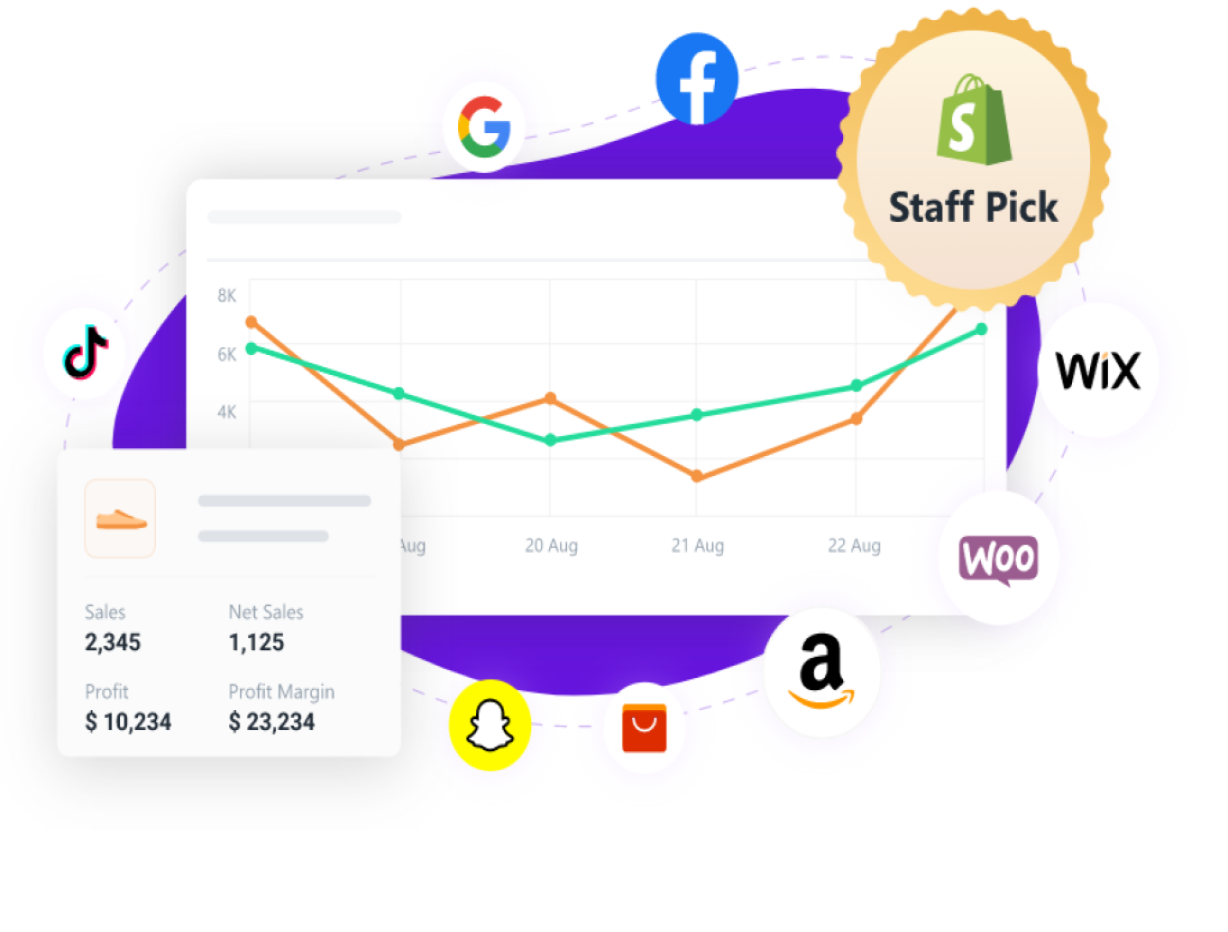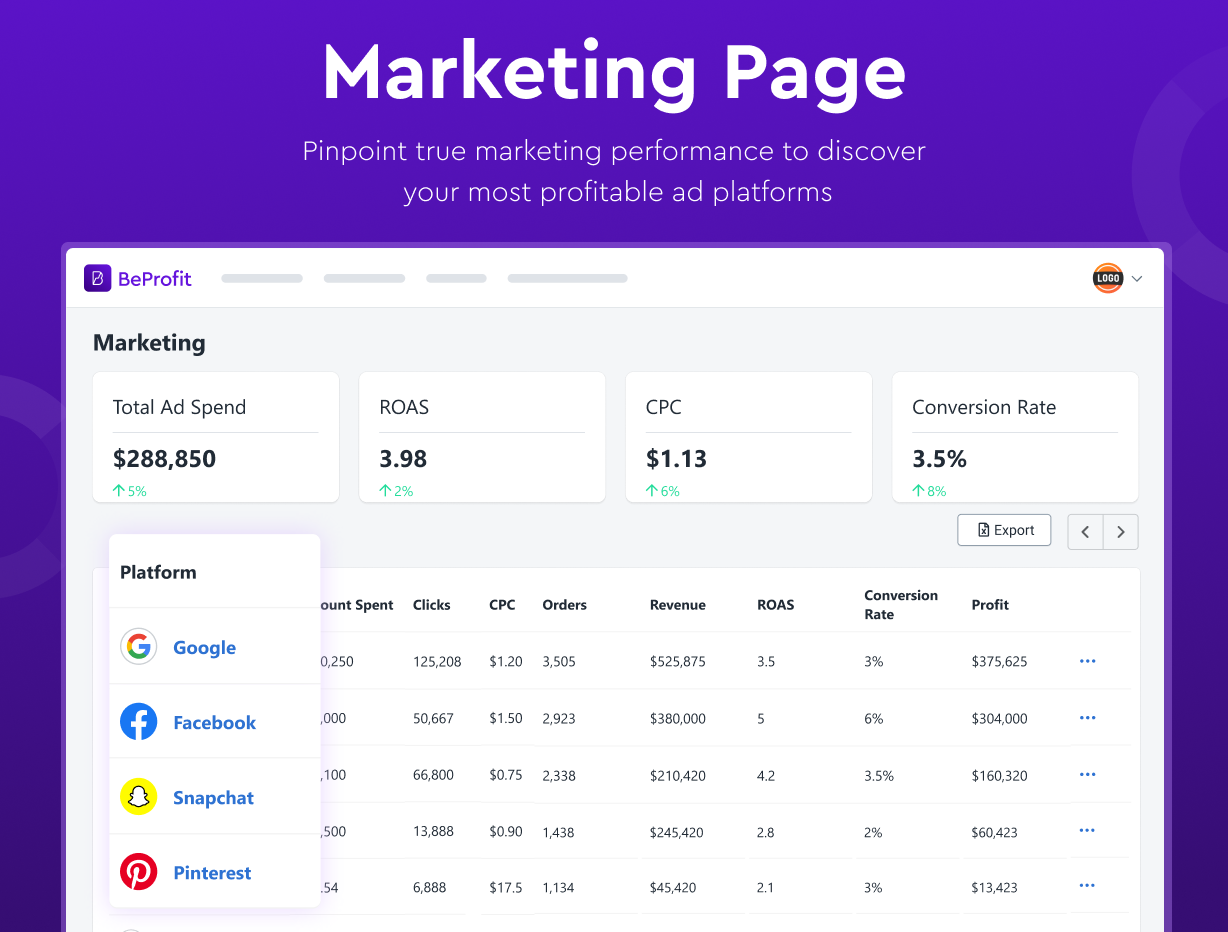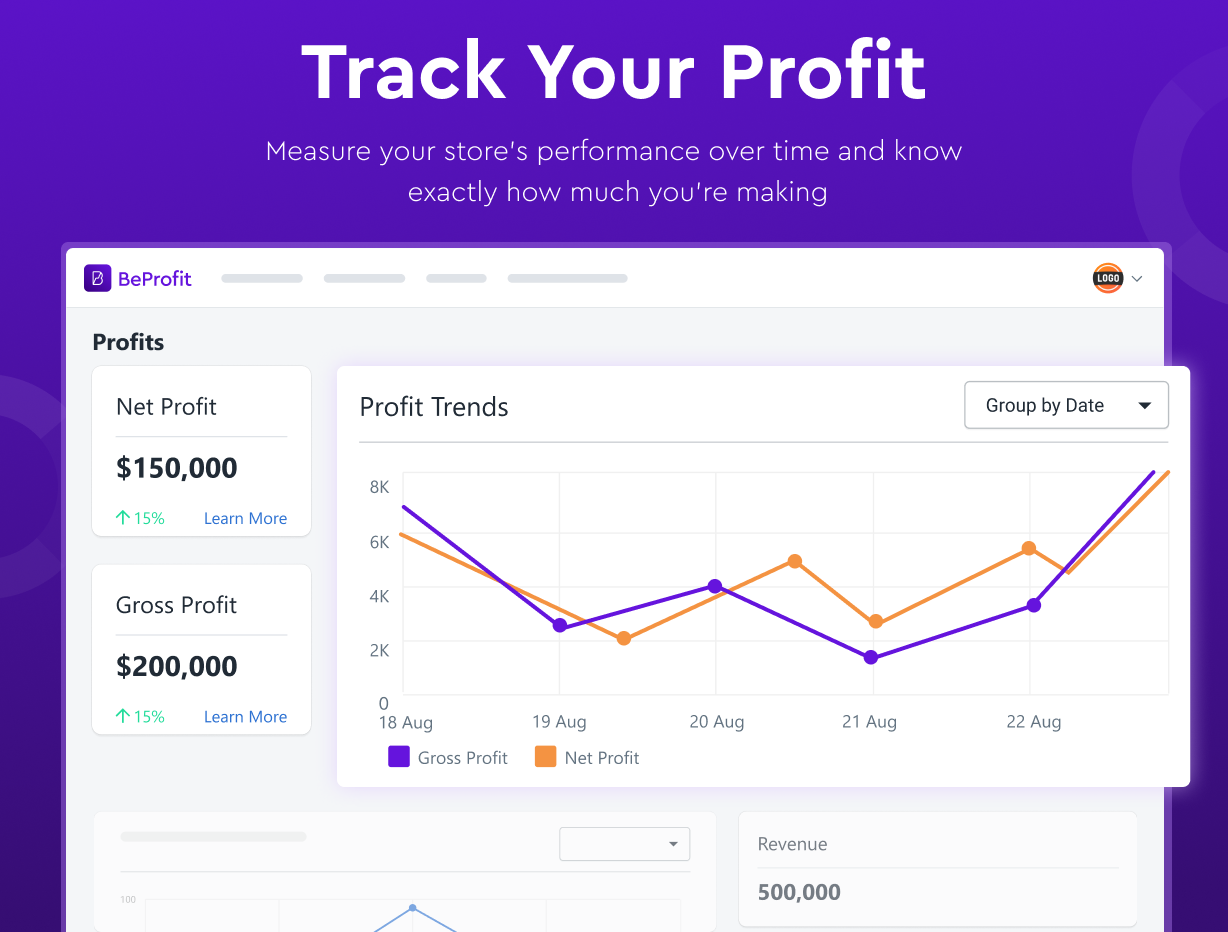Smooth Sailing: 5 Best Shipping Methods for E-commerce Success
Published June 13, 2023

The e-commerce shipping process involves different steps, from placing an order to its eventual delivery.
How quickly you complete all these steps is crucial. Only 15% of U.S. online shoppers are happy with shipping speed, while slow shipping is the third most common reason for shoppers to abandon their carts. So, you need to use the right shipping method to not only help you save on shipping costs, but also meet your customers' expectations.
5 Best Shipping Methods for Effective Shipping
- Postal or courier services
- Fulfillment services
- In-store pickups and local delivery
- Real-time courier rate options
- Hybrid shipping
1. Postal or Courier Services
Postal and courier services are versatile and can help you offer your customers different options, including:
- Flat rate: Offering a flat rate shipping option simplifies the buying process for customers and can boost conversions. For example, an online clothing company may charge a flat rate of $5 for shipping, regardless of the number of items ordered.
- Free shipping: Providing free delivery for orders that meet specific thresholds encourages customers to spend more, thereby increasing sales and average order values. This method works particularly well with focused marketing initiatives. For example, an electronics company may offer free delivery for orders over $100, enticing buyers to add additional items to their carts.
- International deliveries: Collaborating with international postal and courier services allows e-commerce enterprises to expand their consumer base, tap into new markets, and reach global audiences. For example, a jewelry company could partner with an international courier service to distribute its products worldwide and serve foreign customers.
- Same-day or next-day delivery: Offering faster delivery alternatives like same-day or next-day shipment can boost customer satisfaction and competitiveness, especially for time-sensitive or last-minute purchases. For example, a flower store could partner with a local courier service to provide same-day delivery.
While postal and courier services offer advantages, they also have drawbacks:
- Cost: Same-day and next-day shipments might cost you extra. Either you'll have to absorb this or pass it on to your customers.
- Logistics: You might struggle to manage several shipping options if you have big order quantities or international shipments. Tracking, customs, and courier coordination demand additional resources and expertise.
- Delays and difficulties: You can't control delays, misplaced packages, or other complications. These issues might cause customer dissatisfaction and require quick resolution.
2. Fulfillment Services
Fulfillment services involve outsourcing various aspects of your order fulfillment process and delivery to specialized companies. For example, if you use fulfillment services to handle your inventory management, order fulfillment, packaging, and shipping, you can focus on your core business instead and leave logistics to the experts. In this case, outsourcing allows you to streamline operations more effectively and reduces the need for extensive in-house staff and resources.
However, there are certain drawbacks to using fulfillment services:
- You don't have control over certain processes
- Ineffective communication and coordination with the service provider can lead to customer dissatisfaction.
3. In-Store Pickups and Local Delivery
In-store pickup allows customers to buy your products online and collect them from your physical store, while local delivery means you deliver products directly to customers' homes or specific locations within a specific geographic area. Both methods contribute to your success by generating cost savings. In-store pickup eliminates shipping costs, encourages customers to visit your store, and may lead to additional purchases. Local delivery offers convenience and attracts customers who prefer doorstep delivery.
For example, grocery stores can reduce shipping costs and increase foot traffic by offering in-store pickup for online grocery orders. Local restaurants may offer local delivery to reach customers who want to eat at home.
However, you should also consider these limitations:
- These shipping methods have a narrower reach than national delivery.
- Local deliveries may require you to invest in vehicles and staff.
» In-store pickups are just one way to slash shipping times: Try these additional tips
4. Real-Time Courier Rate Options
Real-time courier rate options refer to dynamically calculating and displaying various courier services and associated costs at checkout. By integrating with a courier company's API or database, your customers can choose from different shipping options depending on their desired shipping speed and cost.
Real-time courier rate options can benefit your business by:
- Increasing customer satisfaction: By providing transparency and flexibility in shipping choices, you enhance customer satisfaction. Customers can select the best option according to their urgency and budget.
- Optimizing shipping costs: You can choose low-cost courier services and streamline your shipping expenses.
- Reducing customer service burden: Automating the calculation and display of shipping costs relieves the stress on your customer service team.
For example, an online retailer that sells electronics may offer a real-time courier rate option at checkout. Customers in urgent need of laptops can choose the more costly express shipping option, while less urgent customers can choose the lower-cost standard shipping option.
However, there are also some disadvantages:
- You may have to integrate with multiple courier APIs, which can be technically complex and time-consuming.
- Addition factors like package dimensions and weight can result in discrepancies and unexpected charges to the quoted shipping cost.
» What about shipping insurance costs? Explore your shipping insurance options
5. Hybrid Shipping
Hybrid shipping is using more than one carrier or postal service to deliver a single package. So, you divide the delivery journey into different segments like domestic and international shipments. Each segment is handled by the best carrier based on factors like cost, speed, and reliability. This way, you can use the most cost-effective shipping options while leveraging the strengths and competitive advantages of different carriers and services.
For example, an e-commerce company may partner with local couriers for last-mile deliveries in certain areas where they have a strong presence and credibility. At the same time, cooperating with major forwarders for long-distance transportation can shorten delivery times and improve cost efficiency.
However, hybrid shipping has some limitations:
- Coordinating multiple carriers adds complexity and can cause delays.
- Managing tracking systems and handoffs between vendors is challenging.
- Limited resources make logistics coordination difficult.
- Careful trade-off consideration and clear communication are crucial for managing delivery expectations.
» Need more context? Delve deeper into these shipping benchmarks and insights
Sail to Success by Tracking Your Shipping Methods With BeProfit




Efficient transportation is vital for increased profits and long-term business success. Keeping track of all your shipping expenses doesn't have to be difficult. BeProfit is an all-in-one dashboard tool that can help you comprehensively track and analyze your expenses and profits.
- Gain insights into the impact of shipping costs on your overall profitability.
- Customize your dashboard to accurately calculate shipping costs for different methods and destinations.
- Access your data via desktop, mobile, or email.
» Not sure where to start tracking? Try these core shipping performance metrics









